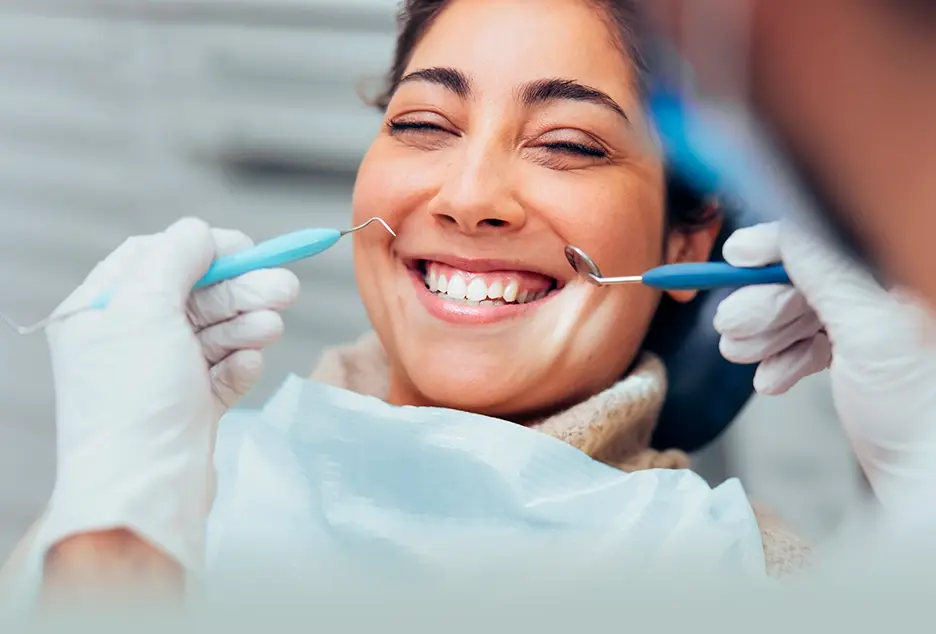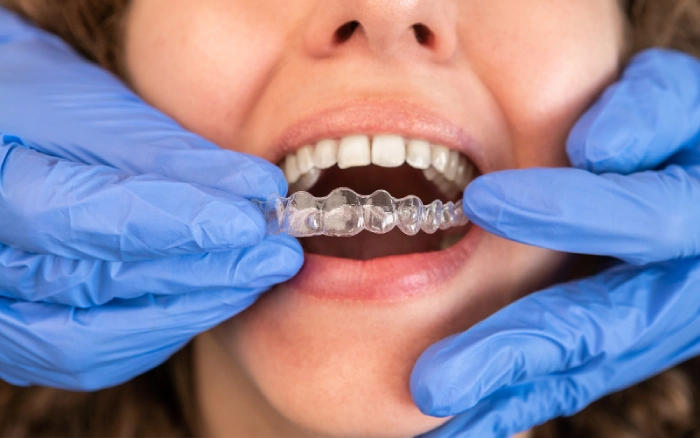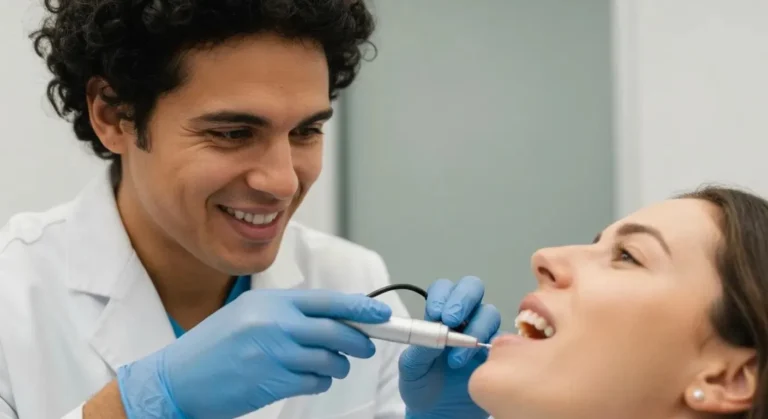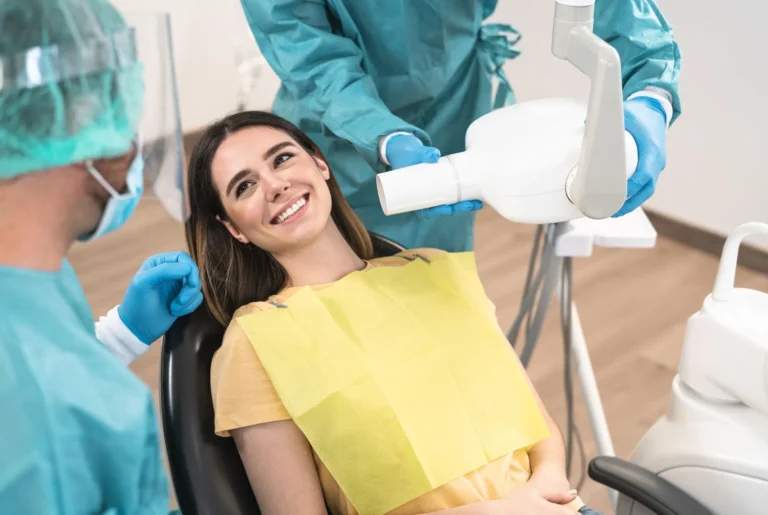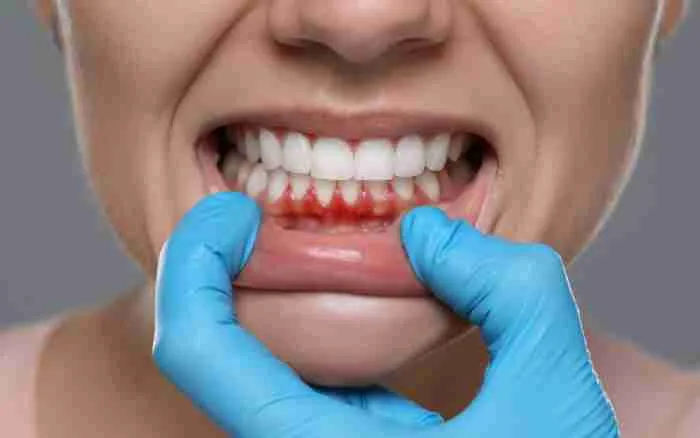The Connection Between Cosmetic Dentistry and Improved Sleep
Cosmetic dentistry focuses on enhancing the appearance of a person’s teeth and gums, and it also aims to improve overall oral health. While these procedures center on aesthetics, certain treatments may also relate to sleep quality. Here is more information about how specific cosmetic dental procedures connect to factors that influence rest:
Improving Alignment
Orthodontic treatments like braces or clear aligners adjust the position of teeth. Misaligned teeth sometimes contribute to an improper bite, and correcting this alignment is a multi-step process. When teeth do not fit together correctly, it may lead to clenching or grinding, which are behaviors that happen during sleep.
Correcting alignment improves the functionality of your bite. Addressing an improper bite can reduce tension in the jaw, which can otherwise lead to discomfort or sleep disturbances. Properly aligned teeth make it easier to maintain good dental hygiene.
Stabilizing Jaw
An unstable jaw joint may be associated with discomfort and specific sleep-related issues. Dentists may perform occlusal adjustments to reshape the biting surfaces of teeth for a more even contact, or they might recommend a custom-made bite splint. These interventions are designed to create a more stable resting position for the jaw, which could affect muscle tension during the night.
Reducing Breathing Obstructions
Some individuals experience breathing interruptions during sleep. Dentists trained in sleep medicine can evaluate oral structures and identify factors affecting the airway.. In some cases, a narrow palate or the position of the tongue might be related to these breathing patterns.
One approach to cosmetic dentistry involves orthodontic expansion to widen the upper jaw, creating more space in the oral cavity. After the palate is expanded, there may be more room for the tongue to rest, and this can help prevent it from falling back into the throat. This change in oral volume is a specific anatomical adjustment.
Another method is the use of oral appliance therapy. A custom-fitted device, similar to a mouthguard, is designed to reposition the lower jaw and tongue forward during sleep. The appliance holds the jaw in a specific forward posture, which helps keep the airway open.
Lowering Pain
Chronic facial pain, including discomfort in the jaw muscles and joints, can interfere with achieving restful sleep. This pain is sometimes linked to temporomandibular joint (TMJ) disorders or bruxism (teeth grinding). Procedures like tooth contouring or the application of bonding may help distribute bite forces more evenly, which could reduce strain on the jaw system. These are ways pain can keep you up at night:
- Persistent headaches or migraines that disrupt your ability to relax and fall asleep.
- Jaw pain or stiffness caused by teeth grinding or TMJ disorders that makes it uncomfortable to rest.
- Body aches or discomfort that prevents you from finding a comfortable sleeping position.
- Nerve pain or conditions like sciatica that cause sharp, unbearable sensations during the night.
Schedule Cosmetic Dentistry Today
Understanding the potential connections between oral health and sleep is a step toward addressing related concerns. A comprehensive dental evaluation can help identify specific issues with your teeth, jaw, and airway. To learn more about available assessments and procedures, contact a dental care clinic to schedule a consultation with a professional.

